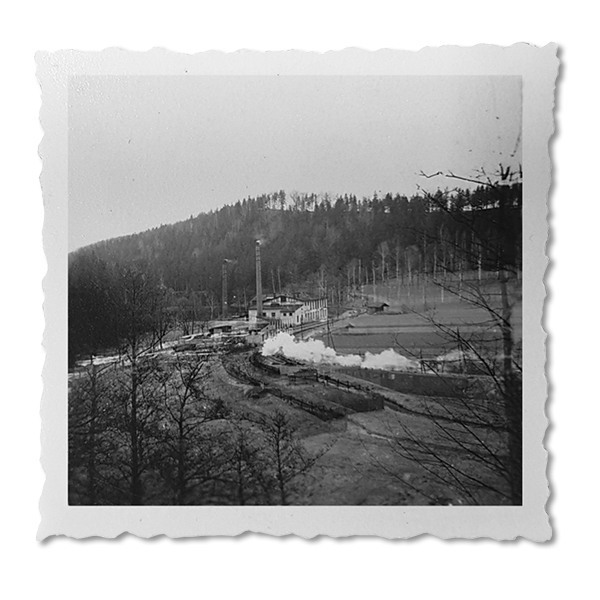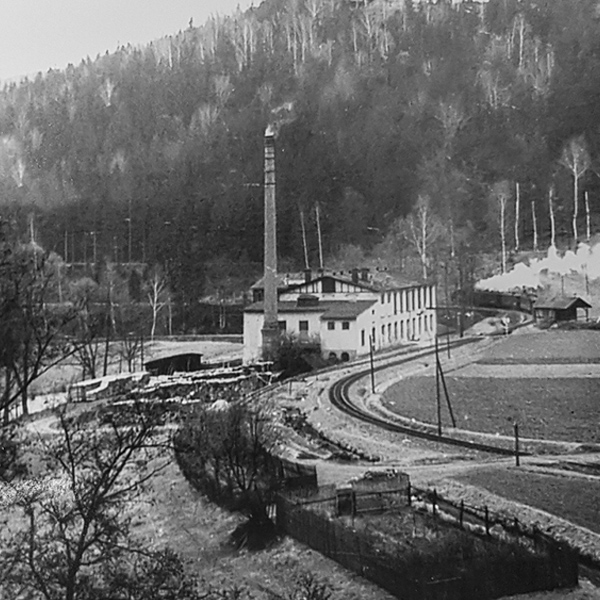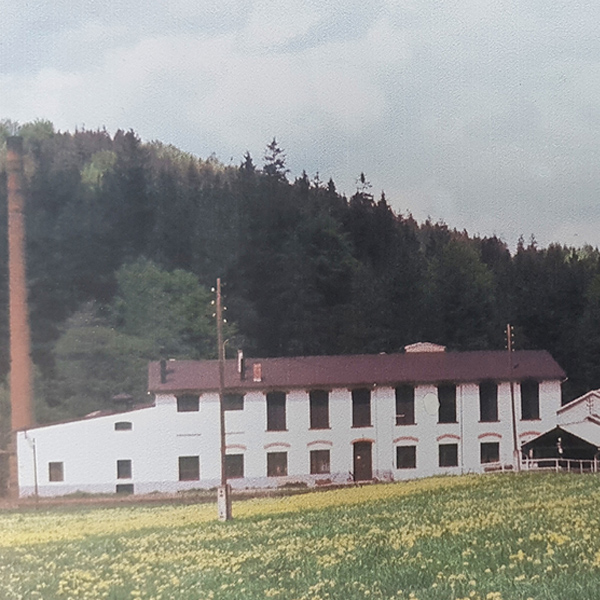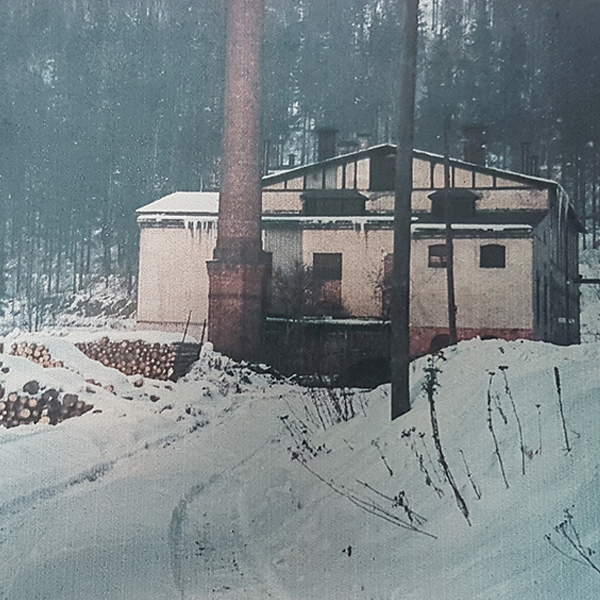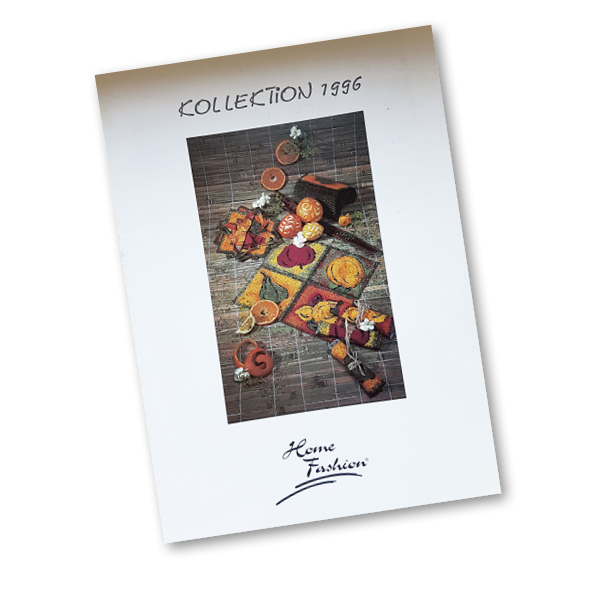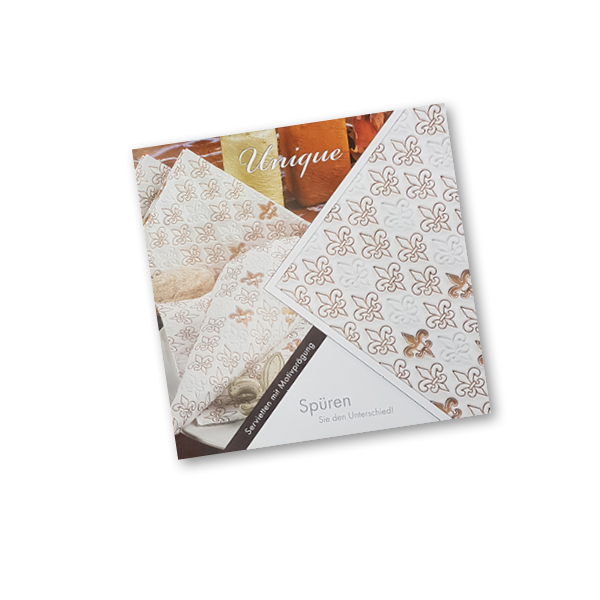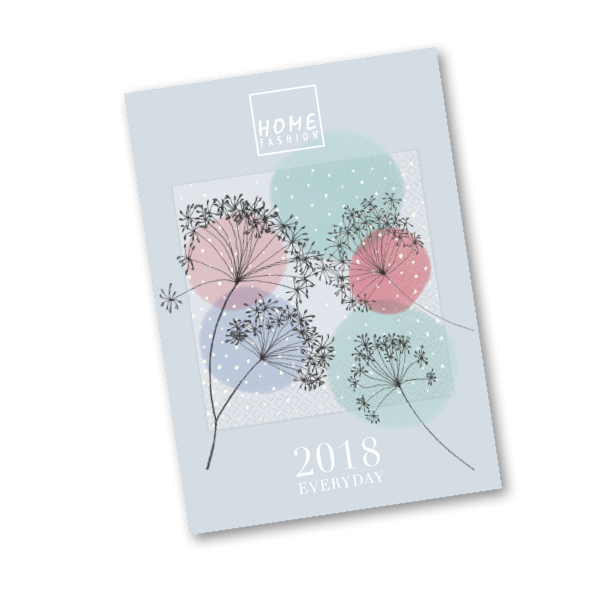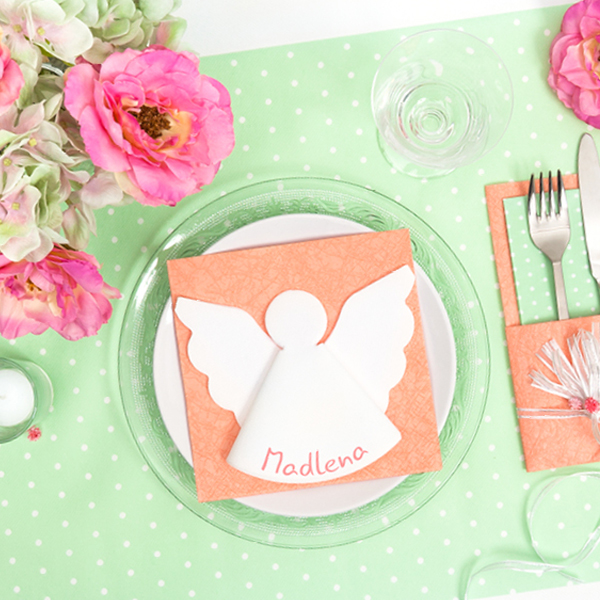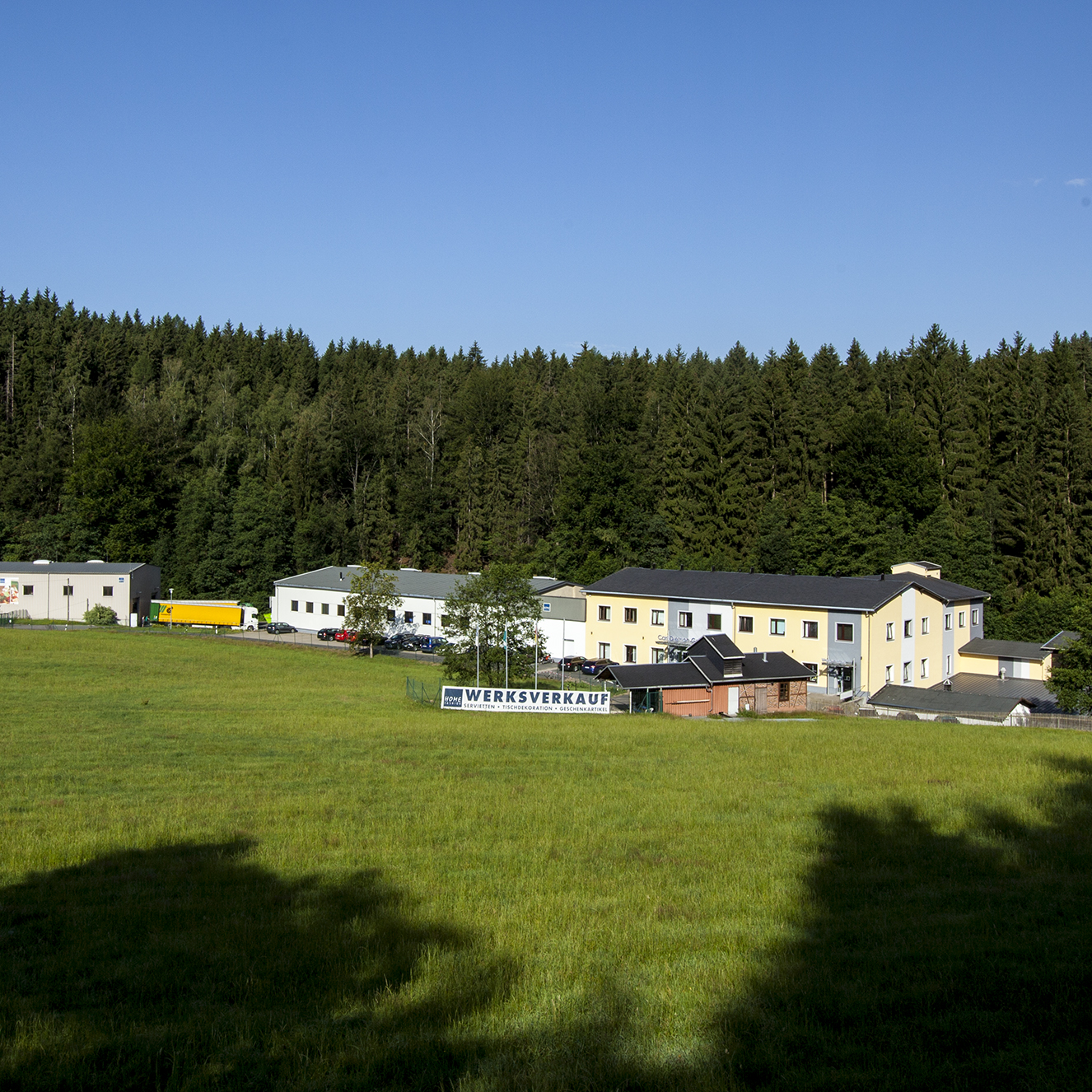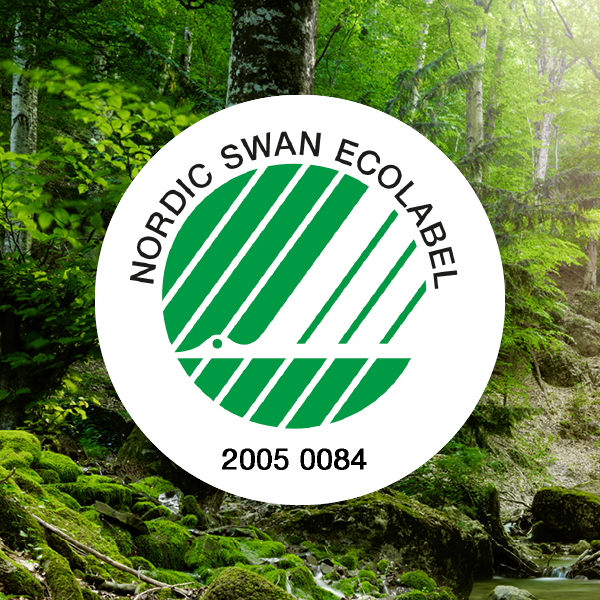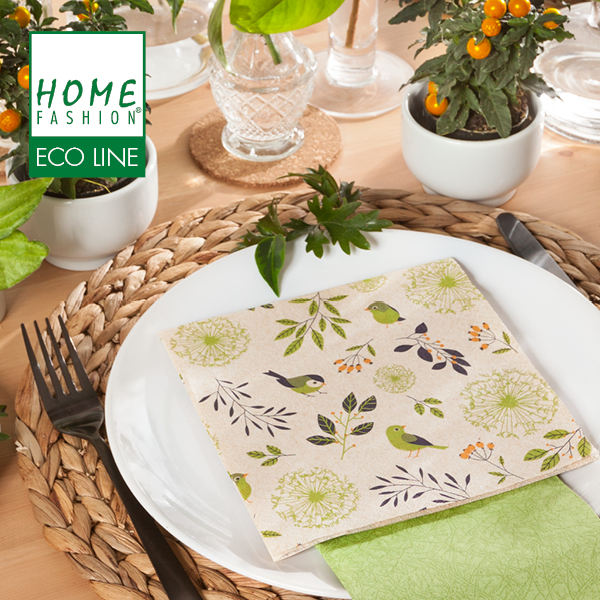-

1871
Carl Friedrich Dietrich from Streckewalde founded a company for the production of groundwood in 1871. Wood was honed using hydropower, and when the milky drops dried, fine pieces of paper remained – the groundwood. The hydroelectric power required for this was still used to generate the company‘s own electricity. Wood pulp was needed to produce paper – which until the mid-19th century was a scarce and expensive commodity. By 1871, 112 wood grinders were counted throughout Germany.
-
1900
Around 1900, the company switched to paperboard production (white paperboard). This was associated with structural changes or extensions.
-
1928
It was only in 1928 that the company received a power connection from the AG Sächsische Werke, Kraftwerke Westsachsen ED Annaberg. Managing Directors were the sons Carl Dietrich and Arno Dietrich.
-
1972
In 1972, the Carl Dietrich KG – formerly run as a private company – was transferred to public ownership, the owners were taken away their possessions and transferred to the state of the GDR. From that time on the company was called VEB Holzpappenfabrik Streckewalde.
-
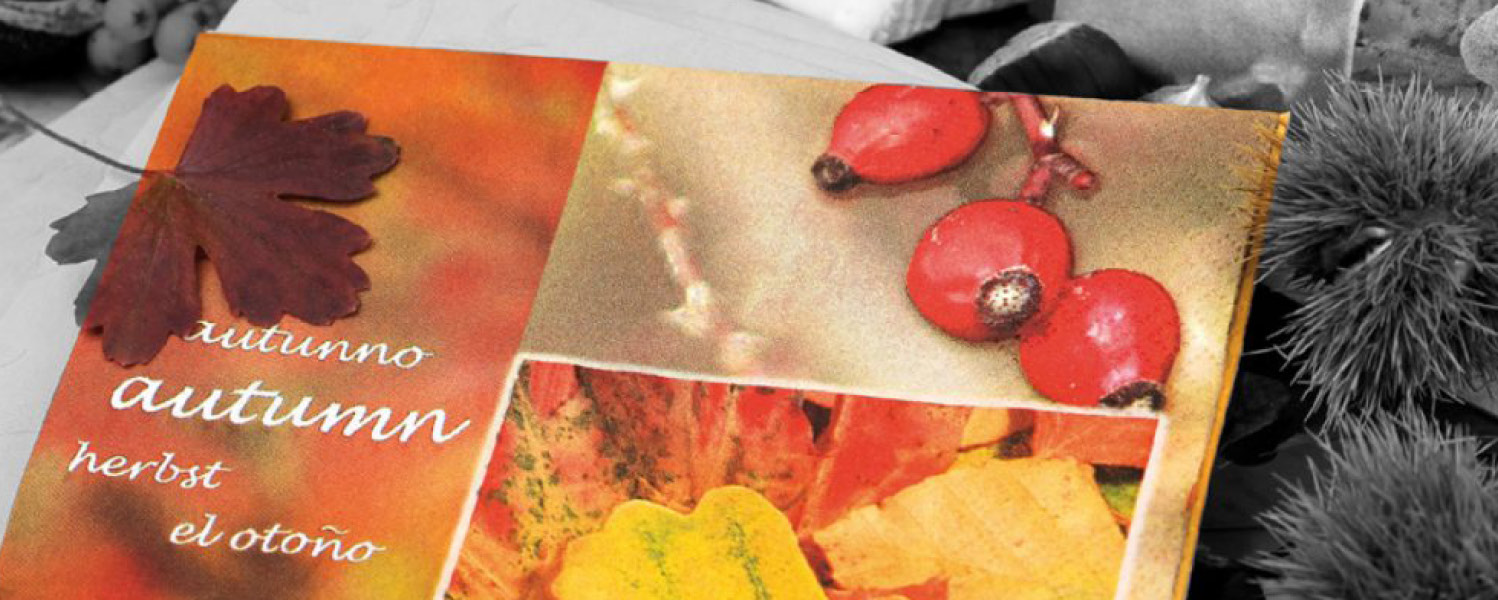
1990
Around 1900, the company switched to paperboard production (white paperboard). This was associated with structural changes or extensions.
-
1996
The own brand Home Fashion® was introduced in 1996 and today forms one of the two important cornerstones of the company in addition to the private label business.
-
2003, 2006, 2008
Due to rising demand, investments were made in new machines and state-of-the-art technologies in 2003, 2006 and 2008.
-
2008
In 2008 the certification according to the FSC® standard was carried out. The Forest Stewardship Council (FSC) is a non-profit organization involved in the forestry and wood industries. The FSC® Certification System was developed to protect forestry, including the preservation and improvement of the economic, environmental and social practices of timber companies.
-
2009
In the following year 2009 the special collection “Unique” was introduced. This is the first time napkins have been created which are not only printed, but are also design-embossed throughout. This gives the napkins a very special look as well as feel and therefore an extraordinary character.
-
2017
In 2017, the company was transferred to new owners. This was accompanied by a strategic reorientation towards the core competences of the company, which are the high-quality printing and finishing of napkins and tablecloth products.
This is also reflected in the Home Fashion® collection, which has been invested into in the form of numerous new designs and new products. Here design trends are picked up and reflected. -
2018
In 2018, the company has invested in a punching line, with which napkins can be punched out and “put into shape”. The presentation of the new punched napkins at the regional and international trade fairs received extremely positive feedback.
-
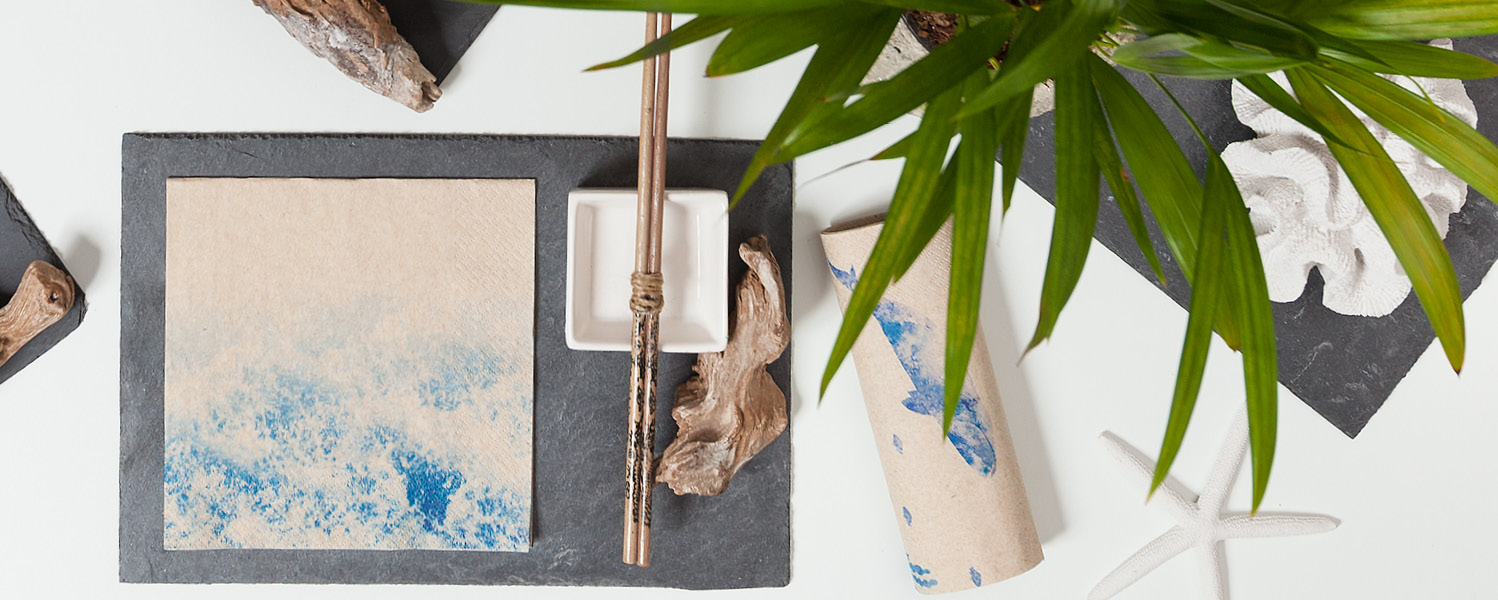
2019
In autumn we design our new sustainable ECO LINE series. It will be launched at the beginning of the year 2020. The napkins are made from 2-ply, recycled paper (FSC®-certified) and printed with matching designs. Customers around the world appreciate this product – an important step towards greater sustainability and environmental awareness.
-
2020
In January, Carl Dietrich GmbH received certification for the Nordic Eco Label, which is recognized throughout Europe. Through this certification, we gain more customers who appreciate the conditions of the label. We are thus setting another green footprint for an environmentally friendly future. We are also investing in a new packaging machine and overhauling or expanding two machines so that they can print in different product sizes.
-
2021
Our warehouse is modernized. We install new high-speed doors with short opening and closing times and invest in a new high-rack stacker. This ensures that your goods are stored safely and efficiently with us.
-
2022
We put a new napkin printing machine and packaging machine into operation. We buy new electric forklifts that are emission-free and environmentally friendly. A new warehouse for raw materials was built.
